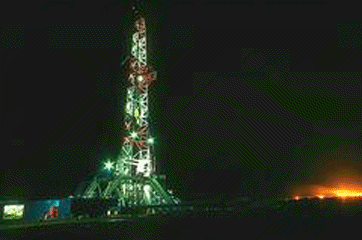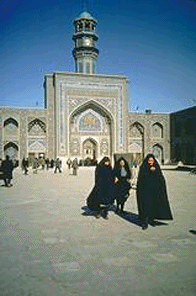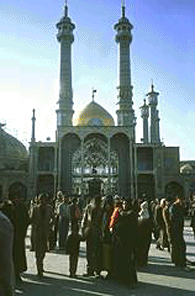
Farsi (Persian) was a recognized language as early as the 6th century B.C., making it one of the world’s oldest languages. Old Persian was spoken in the great Persian Empire; modern Farsi is the official language of Iran, and is written in Arabic script. English words of Persian/Farsi origin are “pajama”, “khaki” and “jasmine”.

Tehran, Iran’s capital, is the center of the nation’s air, rail and highway systems. The state railway connects Tehran with Turkey and Europe, while the national highways provide links to other major cities of the Middle East.

The Azadi (Freedom) Tower was completed in 1971 to commemorate the 2500th anniversary of the Persian monarchy. It is 148 feet (45 meters) tall, and contains a library and cultural center. The tower is a modern blending of traditional Islamic and Sassanid architectural styles (the Sassanid dynasty ruled Persia from the 3d through the 7th century A.D.), and serves as a symbol of the modern Tehran.

Imam Reza was the eighth Imam, or spiritual leader, of Islam’s Shi’ite sect. In the ninth century A.D., he was poisoned in the city of Sanabad. Due to his position in the Islamic faith (some consider him to be Imam of all Muslims), his tomb became a place of pilgrimage and veneration. Sanabad’s name was changed to Masshad, “Place of Martyrdom”, and is now considered Iran’s holiest city.

Like Mashhad, Qom is one of Iran’s great holy cities; Fatimeh, the sister of Imam Reza died and was buried here in the 9th century, making it an important site for pilgrims. Over 400 saints of Islam are buried at Qom, and the city is home to the largest theological school in Iran.
